News - 15 January 2020
We're failing our national animal emblems!
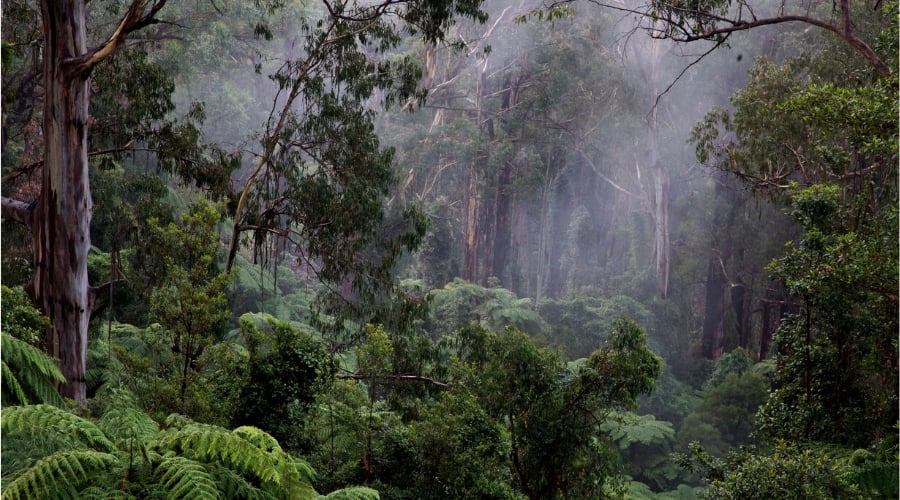
The official faunal emblems of our States and Territories represent some of the most evolutionary distinct mammals on the planet, unique creatures like the platypus, numbat and Tasmanian devil. But like neglected old friends, it appears we've been guilty of taking them for granted.
We started adopting faunal emblems in the early 1970s to spruik a land of unusual animals abroad. Fast forward 50 years and unfortunately six out of the eight animal emblems have found themselves on the EPBC Act endangered species list.
Even more worrying is that the official status of four of them has declined since the Act came into force in 2000. And with the catastrophic 2019-2020 bushfire season, these species have taken a massive hit - over 30,000 koalas (Queensland's emblem) are thought to have perished on Kangaroo Island alone.
States and Territories, along with the Federal Government are failing to prevent their decline. The Wilderness Society's Federal Policy Director, Tim Beshara, recently discussed their plight with ABC Radio.
If our environmental laws are failing to protect even our most iconic species, our global superstars, then what are they good for? Fortunately, the EPBC Act is under a once-in-a-decade review this year, which means we have the chance to put in place strong protections for our famous State and Territory emblems.
Find out how some of our beloved animal emblems are fairing below.
New South Wales's emblem - the platypus
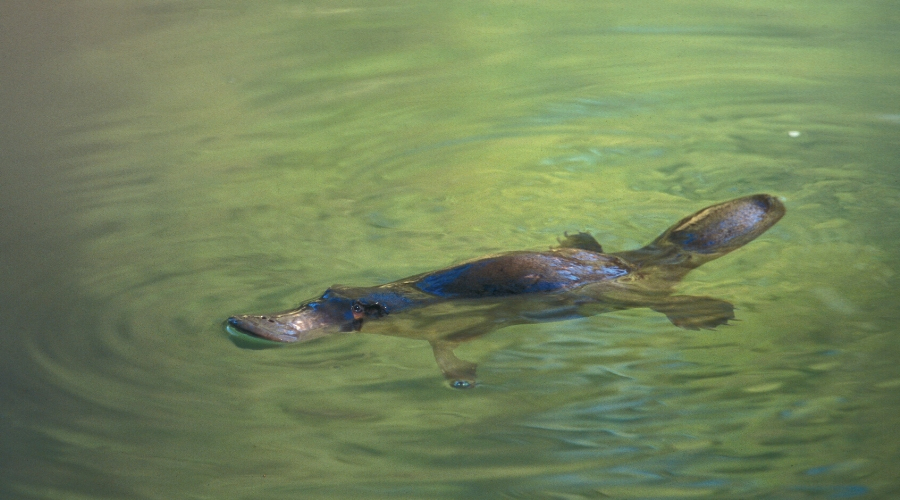
The platypus is the world’s most evolutionary distinct mammal. It's forged a path on the evolutionary tree that makes it even more unique than iconic creatures like the rhinoceros and elephant, panda and tapir. It is also the most archaic living example of any mammal, its existence dating back to the Cretaceous period, and we are still learning about its relative weirdness long after Europeans decided it must have been a stitched-together hoax in the 1790s.
The peculiar river-dweller is widespread throughout Eastern Australia, but there have been declines across its range, particularly in the Murray-Darling Basin. It's now estimated that thousands have died on the east coast as a result of the bushfires placing it at risk of extinction.
Although it is not on the endangered species list, localised populations are at risk and should be considered for listing as Endangered under the EPBC Act.
Queensland's emblem - the koala
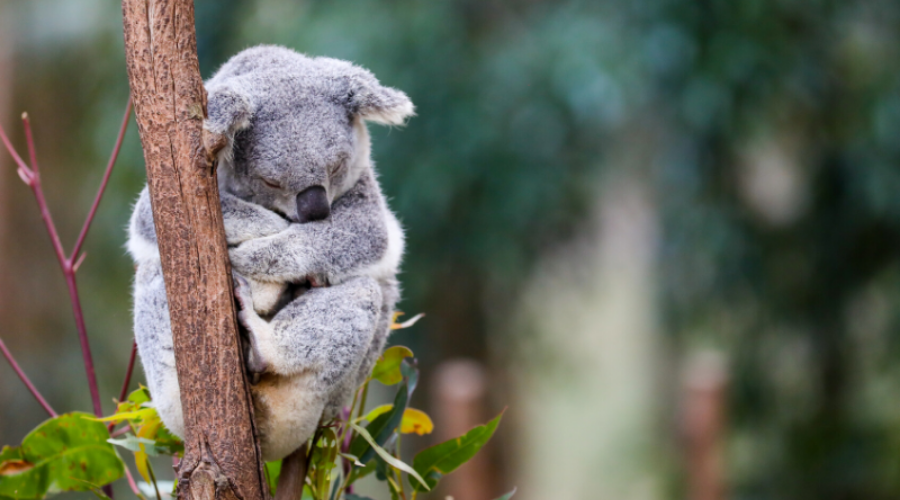
Koalas have been cuddled by world leaders from US President Lyndon Baines Johnson to Russian President Vladimir Putin; they serve as cultural icons. But they're special because of what they represent and do out of the limelight. The koala is the only species remaining within an entire family of mammals and therefore one of the most evolutionarily distinct mammals in the world. And being one of the few species to browse on eucalypts, they play an important role in Australia's forest ecology.
There have been rapid declines in the koala populations of Queensland, NSW and the ACT over the last few decades. A recent estimate of its numbers in Queensland shows a decline from 290,000 in 1990 to 167,000 in 2010 to the current best estimate of 79,000.
While populations within South Australia and Victoria had been secure prior to the unprecedented bushfire season, that picture is now far from clear. The loss of some 30,000 koalas on Kangaroo Island alone is particularly damaging because the population is free from the bacterial infection chlamydia, which has severely affected koalas on the mainland.
Urbanisation is another major issue, with weak environmental laws enabling developers to move into areas that have been home to the animals for millennia. As a result they increasingly have to cross backyards and roads to find food and mates, leading to car strikes and dog attacks.
In a positive move, the Queensland Government recently released its draft SEQ Koala Conservation Strategy, a good first step towards protecting koala habitat.
Victoria’s emblem - the Leadbeater’s possum
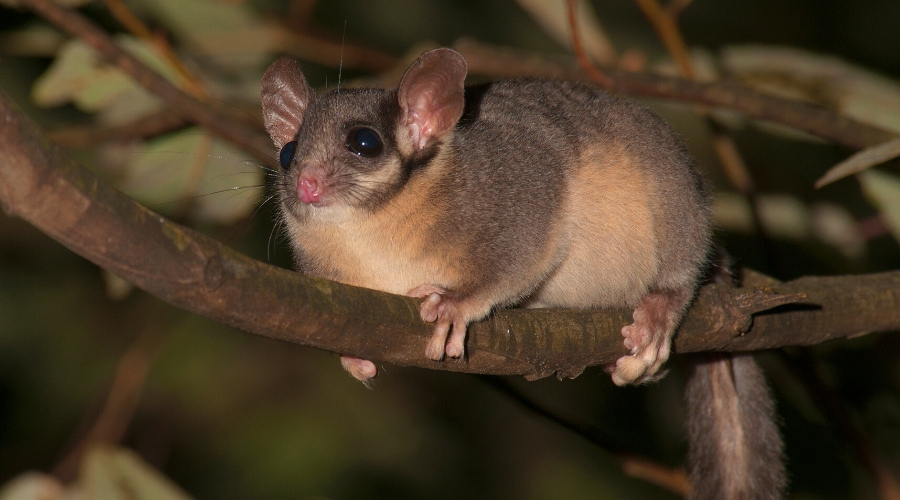
The Leadbeater’s possum is a Lazarus species - it was thought extinct for 50 years until it was rediscovered in 1961. Ongoing logging of its Mountain Ash habitat and the devastating Black Saturday bushfires of 2009 have contributed to an estimated 80% decline in its population putting it at extreme risk of extinction. That figure could now be much worse following the unprecedented 2019-20 bushfire season.
The current Recovery Plan for the Leadbeater's possum was one of the first drafted under the EPBC Act, but it's well over a decade out of date and, critically, it has not been updated following worsening bushfire events. The title of faunal emblem has been a rallying call for the Leadbeater's possum and the need to secure its habitat and ensure its survival.
Tasmania’s emblem - the Tasmanian devil
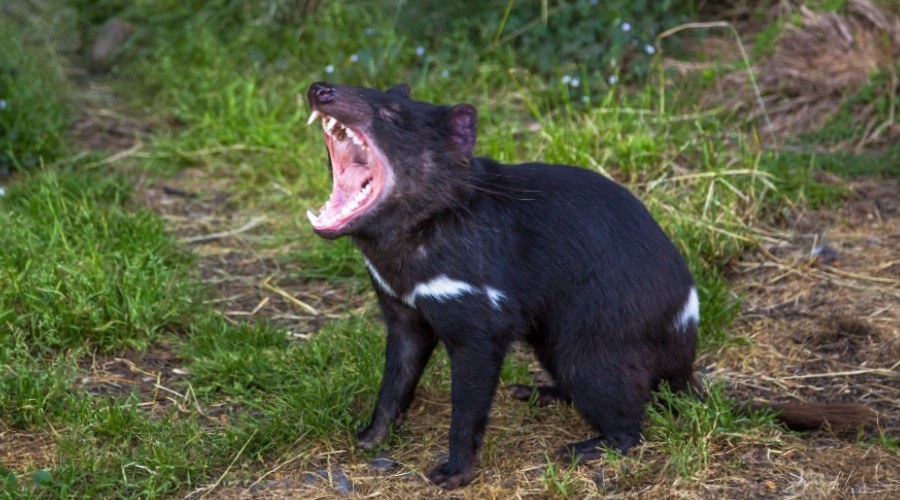
Unlike other States and Territories, Tasmania failed to adopt a mammal emblem in the 1970s. At the time the State was considering the Tasmanian tiger in the hope that it would still be found! The State government adopted the Tasmanian devil as its emblem in 2015.
The Tassie devil is the world’s largest marsupial carnivore and there are few species that play a more crucial role in any Australian ecosystem, removing carrion from the environment and keeping other species’ populations in check. Its rapid decline due to Devil Facial Tumour Disease has had widespread ecological impacts right across the island.
Fortunately, through careful scientific research and conservation work, the Save the Tasmanian Devil Program has managed to stabilise the animal's numbers and even establish a population on Maria Island that is free from the disease.
While Tasmanian devil numbers have stabilised, it is now ‘functionally extinct’ across much of its former range. It means that local populations are not sufficient in size for it to be effective as a top-order predator and fulfil its role in the environment.
The Tasmanian Government and the Commonwealth should consider listing the 'loss of the ecological function of the Tasmanian Devil' under the EPBC Act and fund, develop and implement a Threat Abatement Plan to deal with the wider implications of this State emblem's decline.
South Australia’s emblem - the Southern Hairy-Nosed Wombat
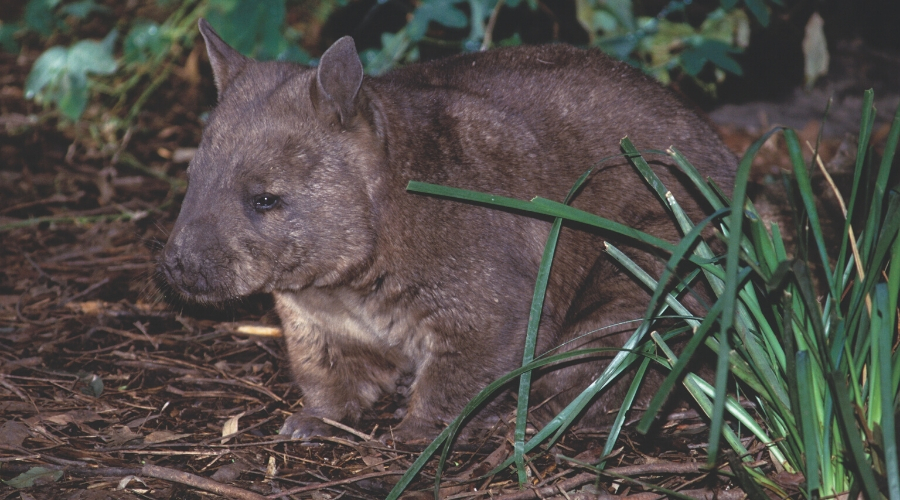
The southern hairy-nosed wombat is one of the world’s largest burrowing animals. It once was found much more extensively throughout Western Australia, New South Wales, Victoria and Queensland, but now 90% of the population is found in South Australia.
Its network of burrows is so extensive that they can be seen from space. One burrow network was found to be 89 metres long and have 28 entrances!
Scientists are using satellite imagery to map the wombat's entire historic and current range. The research has found that the population has expanded in some areas while it has declined in others. It remains threatened by disease, over-grazing, climate change and drought.
Western Australia’s emblem - the numbat
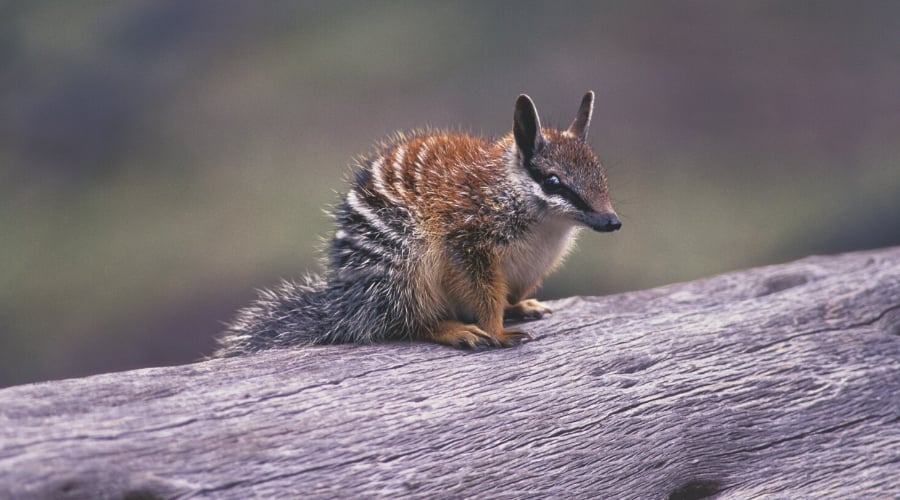
The numbat is the closest living relative to the Tasmanian tiger, and like other species from around the world that solely eat ants (myrmecophages - anteaters, aardvarks, armadillos and pangolins), it is a highly specialised and unique animal on the evolutionary tree.
When the numbat became the state mammal emblem in 1973 there were genuinely held fears for its imminent extinction, largely due to predation from feral cats and foxes. Fox control programs lead to an improvement in its conservation status to the point where its State listing (along with the IUCN conservation status) improved.
The numbat has been helped by a sustained conservation effort, especially from the State government, with long-term strategies in place to control invasive species (particularly foxes) along with captive breeding and translocation projects.
However, predation by feral cats and foxes picked up and the species went into decline once more. Federal Government involvement in the conservation of the numbat has been patchy. A recovery plan was in place under the 1992 Endangered Species Act, but since the introduction of the EPBC Act that plan was not reinstated until 2017.
It is one of the Federal Government’s '20 priority mammal species', but despite being identified as such the role of the Commonwealth in its recovery remains limited. Worryingly, logging is still taking place in numbat habitat.
Northern Territory’s emblem - the red kangaroo
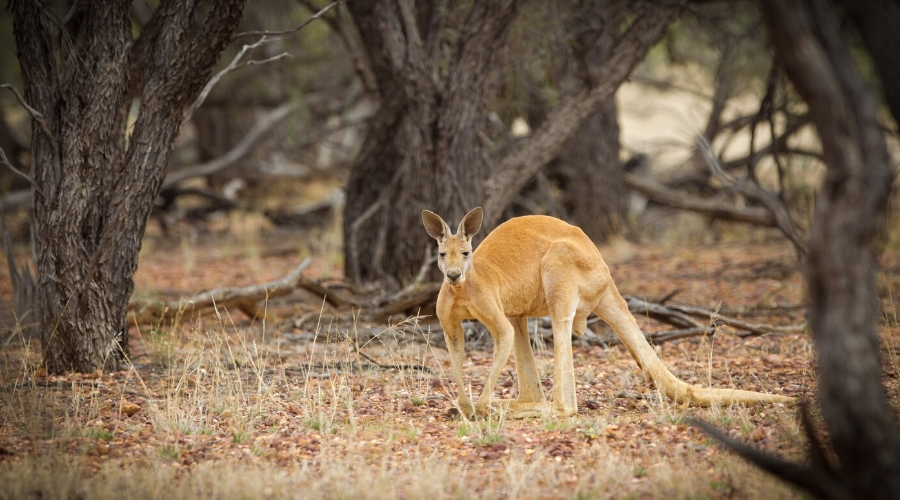
The red kangaroo is the world’s largest marsupial and, along with the saltwater crocodile, emu and southern cassowary, one of the few enduring Australian megafauna species.
Back when the Commonwealth first asked the state and territory governments to adopt faunal emblems, there was much parliamentary debate about the future of species like the red kangaroo.
Throughout the 60s and 70s kangaroo harvesting for meat and skin was largely uncontrolled and there was significant pressure on the Federal parliament to ban kangaroo-product exports. This lead to the establishment of a Select Committee on Wildlife Conservation, which saw the Commonwealth taking an increased role in wildlife conservation.
The red kangaroo is the only emblem that currently has an IUCN Red LIst conservation status of 'Least Concern' and overall the population is considered stable.
ACT’s emblem - Brush-tailed rock wallaby
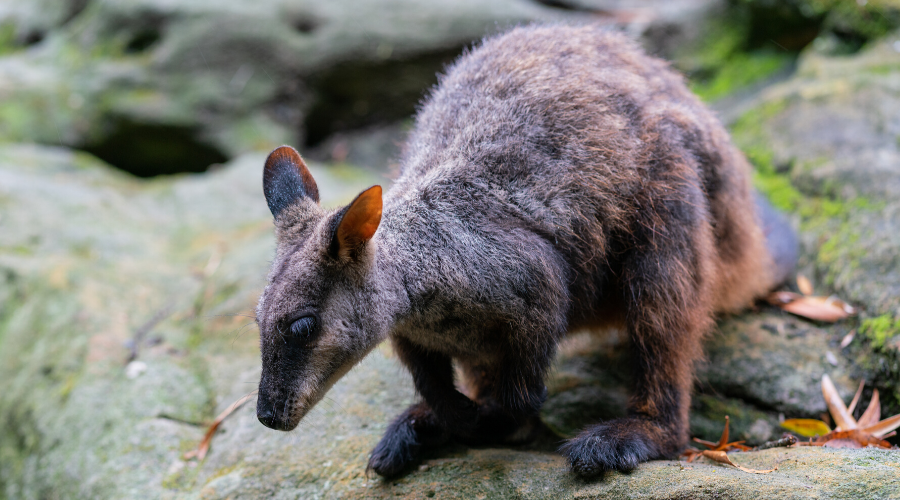
The ACT Legislative Assembly launched a parliamentary committee and a public poll to decide on the capital Territory's mammal emblem. The brush-tailed rock-wallaby is Vulnerable across its wider range throughout NSW and Queensland, but in the southern part of its range in Victoria and the Australian Capital Territory there are only around 80 individuals. Brush-tailed rock-wallabies used to occur throughout the ACT, but became regionally extinct until a translocation and reintroduction program re-established them in Tidbinbilla Nature Reserve.
The future of this population is dependent on intense management, including the reintroduction of a broader gene pool from northern groups of the animals.
The extreme bushfire event of 2019-20 has devastated large swathes of their habitat. It may be that the entire existence of the species will be dependent on human intervention right throughout its range. While the brush-tailed rock-wallaby is one of the few species in Australia with an active recovery team, the Commonwealth plan is well overdue for an update, especially in the wake of the 2019-20 bushfire season.